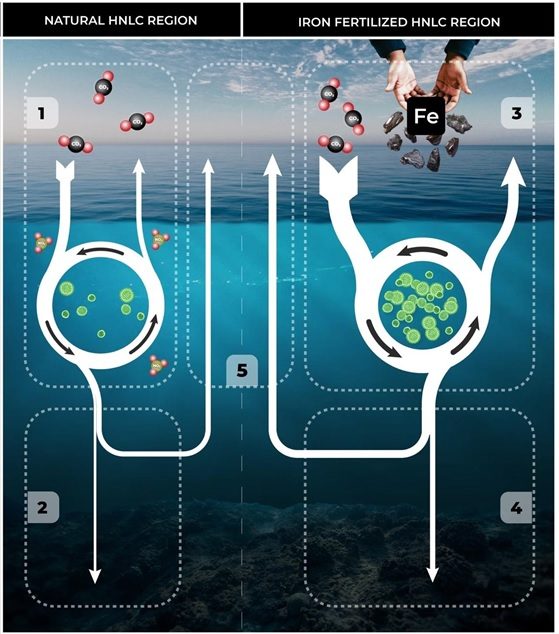Author: Linda Schneider
Summary:
Over the past two decades, policy-makers and economists have often talked about climate policy in terms of the social cost of carbon. The social cost of carbon is the monetary cost that future generations incur due to decreased economic growth caused by the emission of one tonne of CO2 today. Many economists and policy-makers have suggested using the social cost of carbon as a just means of setting a carbon tax. After all, if my emission of 1 tonne of CO2 incurs a cost of $50 to future generations, it seems fair that I should be taxed at $50 per tonne.
Estimates of the social cost of carbon vary widely, and it has a number of practical and philosophical problems. Practically, estimates of the social cost of carbon range over about 7 orders of magnitude, which makes using it in policy challenging. Philosophically, imagine that climate change leads to a famine that kills a few million people. The famine would be a profound social cost of climate change, but might have little impact on the global economy, and thus would not be counted in estimates of the social cost of carbon. Thus, another metric is needed.
Here, we suggest that the costs of atmospheric removal of CO2 could be a better metric for climate change policy. There are a number of technologies that remove CO2 from the atmosphere (called carbon dioxide removal or negative emissions technologies) but, like most other pollution control systems, they require financial inputs. We propose that the per tonne subsidy needed to capture and store CO2 from the atmosphere would be a more appropriate metric than the social cost of carbon because it would allow for a climate policy that is based on an observable cost and could be directly linked to the physical removal of CO2 from the atmosphere. In the proposed policy, emitters would pay a tax, based on the marginal cost of CO2 removal and the proceeds from that tax would be used to remove an equivalent amount of CO2 from the atmosphere.
While more research on the costs of negative emissions technologies is needed, early estimates suggest that a negative emissions-based system would be higher than the social costs of carbon preferred by policy-makers but roughly similar to the average social cost of carbon derived from academic estimates.
Abstract:
In the early 21st century, the world faces multiple existential challenges and global crises – among them is the climate crisis, but equally dramatic – and intimately related – are the escalating loss of biodiversity and natural ecosystems, growing social inequality, human rights violations, poverty and hunger, concentration of wealth, power and control, and authoritarian state tendencies.
The international community adopted the Sustainable Development Goals (SDGs) in 2015, which aim to, among other goals, end poverty, hunger, reduce inequality, protect life on land and achieve gender equality, peace and justice. The framework of climate justice, promoted by grassroots social movements around the world, highlights the crucial role of global environmental and social justice in addressing the climate crisis – rather than treating it as a purely technical problem.
Both the SDGs at the international-institutional level, and the call for climate justice from the grassroots and social movement level, serve as a framework for addressing the interrelated crises of the 21st century in an integrated fashion.
In the wake of the Paris Agreement, however, and with global emissions still on the rise, one set of alleged responses to the climate crisis is pushing to the front in international climate policy discussions.
Geoengineering—large-scale technological interventions in the Earth’s natural processes and ecosystems are being promoted to counteract or delay some of the symptoms of climate change.
In the present paper I argue that geoengineering – both large-scale Carbon Dioxide Removal and Solar Radiation Management, the two main categories of climate geoengineering – are fundamentally at odds with the SDGs and with the strive for climate justice. In fact, they threaten to undermine the achievement of SDGs and climate justice for three broad reasons that I develop in the present article.
First, geoengineering is bound to exacerbate many of the other socio-ecological and socio-economic global crises we are facing. I show this for several of the proposed geoengineering technologies on land, in the oceans and in the atmosphere and how they would detrimentally affect the SDGs and the strive for climate justice.
Furthermore, I elaborate on how geoengineering would deepen societal dependence on large-scale technological systems and on technocratic elites controlling them. One of the effects of such technological dominance in trying to solve global problems is that alternative and more holistic forms of knowledge, expertise, and practices that allow for complexity, diversity and resilience are excluded. By the same token, concerns over ecological and social risks and rights violations are pushed aside. Such one-dimensional large-scale technological fixes for the climate crisis run counter the aim of achieving global ecological and social justice and redressing past unjustness.
Finally, rather than overcoming the economic and political power structures that have caused the climate crisis in the first place, they create new spaces for profit and power for new and old economic elites and thereby serve to uphold the current status quo. As such, it is fundamentally incompatible with the notion of climate justice and will make it impossible to achieve the SDGs.

